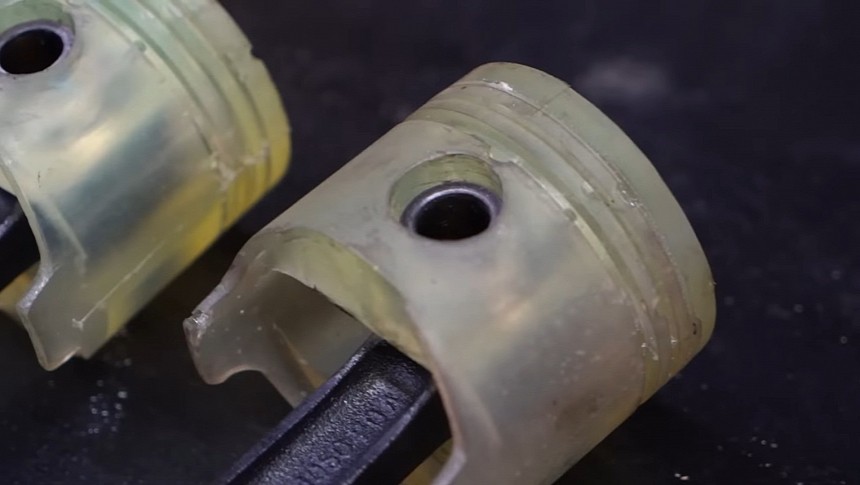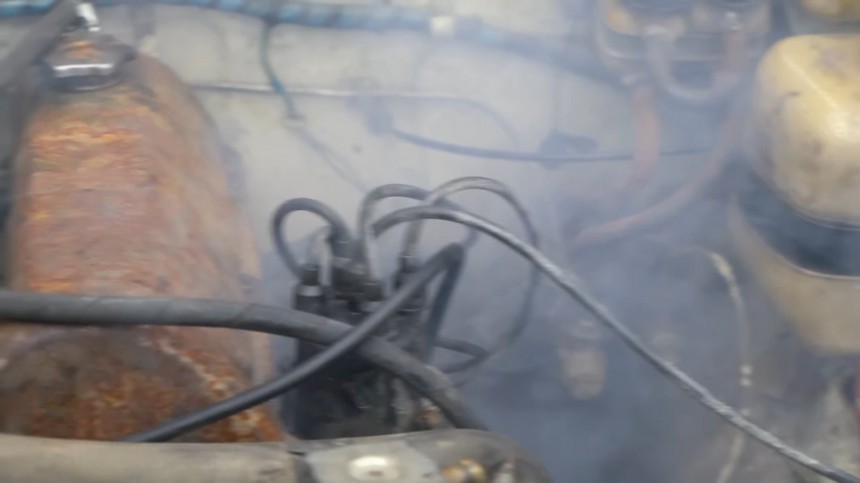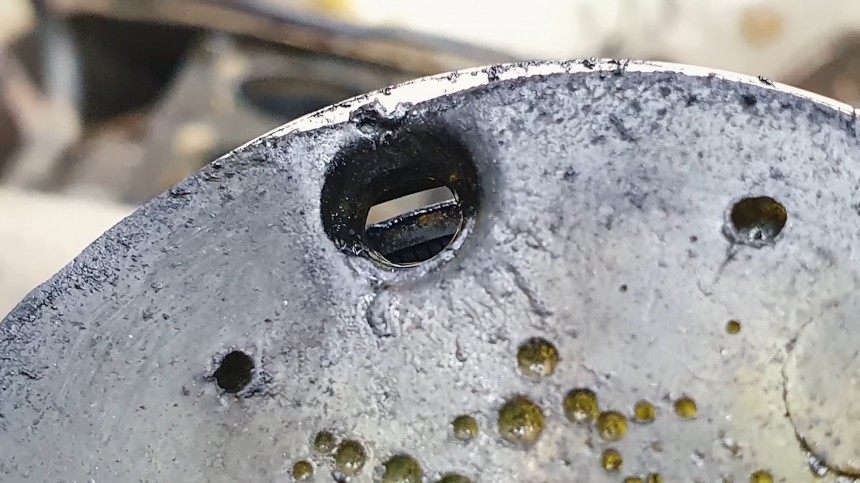Throughout its short life, the automotive industry has made quick progress in many fields – from mechanical efficiency and build quality to assembly speed and volume. Chemistry is one of the crucial sciences that made our lives easier, but even it has its limitations. For example, using soft, easy-burning materials in applications where hardness and heat resistance are paramount wouldn't be feasible. Like, say, making a combustion engine's internals out of plastic.
Chemistry is a beautiful science that fills our lives with countless commodities. It made day-to-day living so much easier in so many aspects that completing the list would take two internets' worth of computing power. Whether we like it, hate it, or are ignorant about its existence, chemistry is omnipresent – life itself started with a chemical process (or so science claims).
Among its many applications, chemistry is responsible for providing humanity with various materials for various uses. Naturally, the automotive industry is no stranger to this beneficial breakthrough – from vinyl to carbon fiber to internal combustion. Just think of all the plastic parts in an automobile, from body panels to padding to upholstery to the tires.
No, rubber is not plastic, but both are polymers – just like polyurethane. Why did I mention this material of all the possibilities? Because the Siberian Academy of ‘Let’s Do It Because We Thought of It’ (that would be the Garage 54 band of wrenching brothers) have cast pistons out of polyurethane. And yes, they fired up the engine with said pistons inside.
This widespread polymer doesn’t brag with its heat-braving capability among its many physical and chemical properties. Fire and plastic don’t usually go well together – since plastic is derived from raw materials such as crude oil and natural gas. This is all the more reason to put polyurethane and fire together, according to the work ethics of the Novosibirsk vloggers and mechanics.
Casting the pistons is not new for the Russian team – they had smelt aluminum cutlery and cookware (forks, spoons, pots, and pans) before and made pistons. With polyurethane (also known as PU), it's so much easier – the polyvalent material doesn’t require a complicated – and energy-intensive – fabrication. It comes in cans and takes little effort to turn the liquid into a solid piston.
Solid, but not strong – it can easily be deformed by hand; luckily, its elastic properties allow it to keep its shape well. Granted, the Russian experiment didn’t pay attention to build quality – all four pistons have air bubbles (of various sizes and shapes). I’m not a chemist, but I firmly believe an internal combustion engine piston shouldn’t have Swiss cheese mouse holes.
With the pistons ready, the mechanics from the land of ‘Rules Don’t Apply’ install the four-cylinder motor inside the engine bay of one of their trusted Ladas. (These vehicles are immortal since Garage 54 seems to have unlimited engines to play with).
Predictably, the PU pistons gave in to the temperature and pressure inside the chamber. Still, the Russian gang proved it could be done. The engine fired up and ran – for about six seconds – before the polymer succumbed to higher laws of chemistry. To sum up this experiment, we could say the Siberians fried the pistons way beyond well done.
Among its many applications, chemistry is responsible for providing humanity with various materials for various uses. Naturally, the automotive industry is no stranger to this beneficial breakthrough – from vinyl to carbon fiber to internal combustion. Just think of all the plastic parts in an automobile, from body panels to padding to upholstery to the tires.
No, rubber is not plastic, but both are polymers – just like polyurethane. Why did I mention this material of all the possibilities? Because the Siberian Academy of ‘Let’s Do It Because We Thought of It’ (that would be the Garage 54 band of wrenching brothers) have cast pistons out of polyurethane. And yes, they fired up the engine with said pistons inside.
Casting the pistons is not new for the Russian team – they had smelt aluminum cutlery and cookware (forks, spoons, pots, and pans) before and made pistons. With polyurethane (also known as PU), it's so much easier – the polyvalent material doesn’t require a complicated – and energy-intensive – fabrication. It comes in cans and takes little effort to turn the liquid into a solid piston.
Solid, but not strong – it can easily be deformed by hand; luckily, its elastic properties allow it to keep its shape well. Granted, the Russian experiment didn’t pay attention to build quality – all four pistons have air bubbles (of various sizes and shapes). I’m not a chemist, but I firmly believe an internal combustion engine piston shouldn’t have Swiss cheese mouse holes.
Predictably, the PU pistons gave in to the temperature and pressure inside the chamber. Still, the Russian gang proved it could be done. The engine fired up and ran – for about six seconds – before the polymer succumbed to higher laws of chemistry. To sum up this experiment, we could say the Siberians fried the pistons way beyond well done.








































































